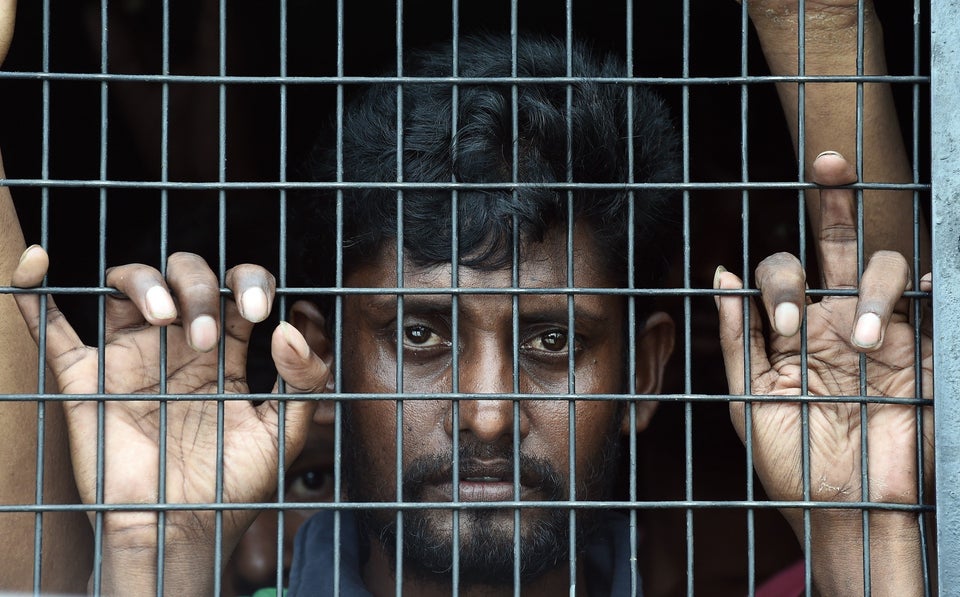SYDNEY -- The last time Southeast Asia faced a boat crisis this dire was when communist governments took over in Vietnam, Laos and Cambodia. That was in 1960s and 70s, but the flow of people lasted for decades, with over three million asylum seekers fleeing those countries up until the mid 90s. Governments in the region floundered in their response.
Writing on the Indochina boat crisis, Barry Wain noted in the Fall 1979 issue of Foreign Policy:
Slow to recognize the human tragedy unfolding in Indochina, the West has yet to formulate an adequate response to it. After an unseemly display of indifference and buck-passing, the international community is at last starting to treat the symptoms: saving refugee lives and finding permanent homes for them.
The parallels with today are uncanny.
At that time, Vietnam and ASEAN were at loggerheads, Hanoi unyielding to pressure or ostracism. Vietnam was pushing out hundreds of thousands of people it found undesirable. Most initially found refuge in other Southeast Asian countries before being accepted into in Europe, North America and Australia -- which had, until even that late moment, been debating its White Australia Policy.
Today's crisis is also marked by buck-passing between governments.
Back in 1979 the stakes were much higher. The "domino effect" threatened the free world and Southeast Asian countries were largely undeveloped and struggling with their own insurgent groups (who were not so much seeking independence, as we see today, but trying to overrun the state itself). So why, almost half a century later, are we so ill-prepared to deal with these problems? Barry Wain's assessment in 1979 posited that:
...the answer to the growing refugee crisis in Southeast Asia may lie in the opposite direction-bringing Vietnam in from the cold while trying to moderate its more extremist tendencies.
That assessment has been proved correct and should be employed, to some extent, with Myanmar. Naypyidaw will soon realize the damage it is doing to its relations with two of ASEAN's biggest markets (and their consumers), Indonesia and Malaysia.
This all-for-one rather than all-but-one approach is what the European Union is bickering over today with migrants on its southern border. In what could be a framework for ASEAN, the EU has put forward an agenda for the resettlement of 20,000 migrants. There are many caveats to this agreement and debate over whether it should be voluntary or mandatory, but it is a tangible way forward for that immediate crisis. As the resettlement of refugees from Indochina demonstrates, regional solutions have worked in the past.
But for all the good they do, the weakness of these solutions lies in their short-sightedness. When they are implemented as an emergency measure they are highly subject to the politics of the day and not the politics of tomorrow. If we are to have grand ideas such as ridding an entire region of the scourge of trafficking, we need to have more far-sighted policy.
This comes down to state ownership over the problem, which is necessary if we are to cut out the abhorrent trafficking and people-smuggling rings we see today. The framework for discussion of these issues was set up in 2002 under the Bali Process, co-chaired by Australia and Indonesia.
The present problem in Myanmar, and the economic migration from Bangladesh, will not be the last irregular migration we see in the Southeast Asia or Europe or anywhere for that matter (a topic well explored recently by Moises Naim here). We need to set up frameworks and regional responses for the irregular flows of people. If done correctly, this can be a boon and not a burden. That is what history has taught us about boat crises in Southeast Asia. But first, and of greatest and simplest urgency, is to rescue the thousands of souls stuck at sea.

